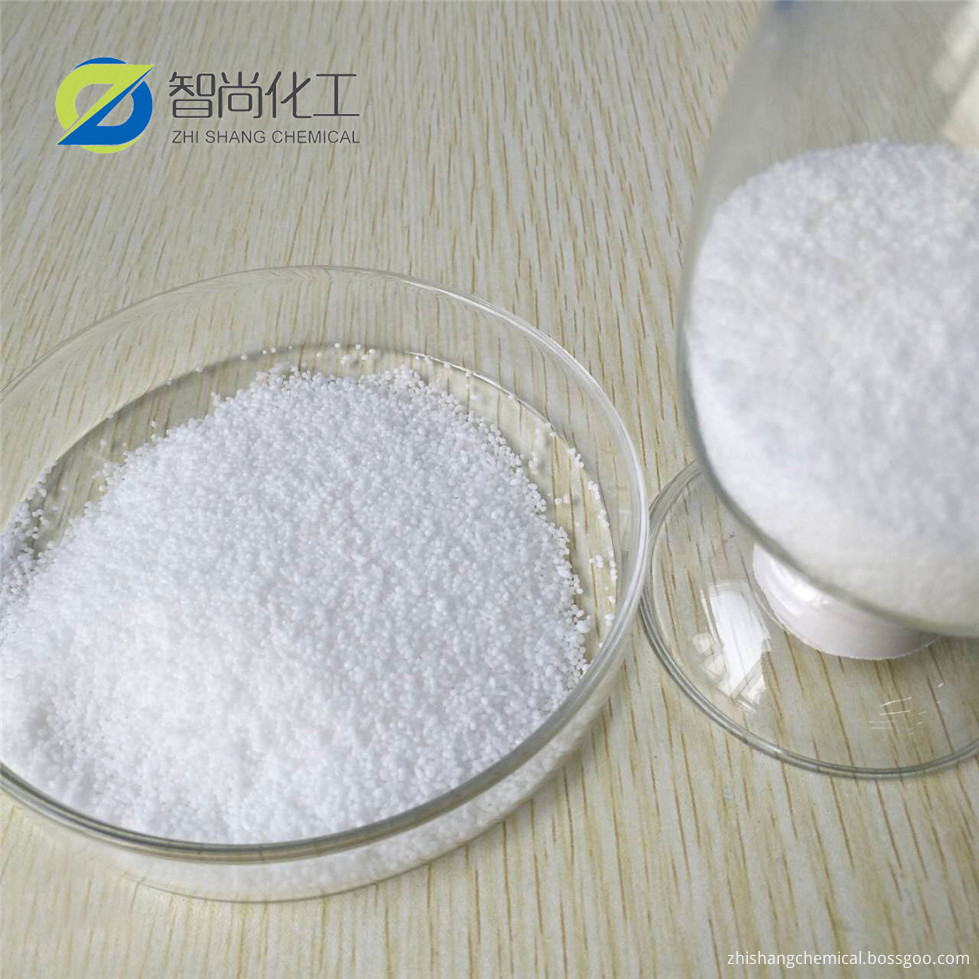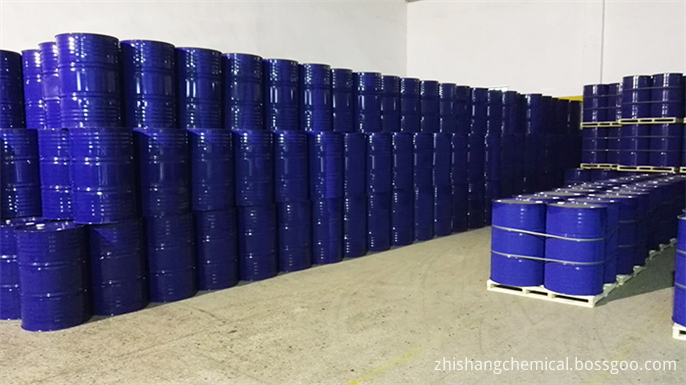| Payment Type: | L/C,T/T,Money Gram,Western Union |
|---|---|
| Incoterm: | FOB,CIF |
| Min. Order: | 1 Kilogram |
| Delivery Time: | 3 Days |
Model No.: CAS NO 5329-14-6
CAS NO 5329-14-6 sulfamic Acid
production method:
1. Sulfamic acid production methods are many, sulfur dioxide and hydroxylamine or acetone oxime as raw material hydroxylamine method, sulfite or sulfate and liquid ammonia as the raw material ammoniation, urea and chlorosulfonic acid as raw material chlorosulfonation , Fuming sulfuric acid and urea fuming sulfuric acid method, urea, sulfur trioxide and sulfuric acid as raw material sulfuric acid method and oleum method (also known as liquid phase method) and liquid ammonia by gasification and sulfur trioxide in Gas phase reaction gas phase method. Currently at home and abroad with the industrial significance of the process for fuming sulfuric acid and sulfur trioxide and ammonia synthesis of two direct ammoniation. Sulfation by urea and fuming sulfuric acid at 40-70 ℃ sulfamic acid crude product, and then add water to crystallize the sulfamic acid products. Raw materials consumption fixed: urea 2000kg / t, fuming sulfuric acid 1500kg / t.
2. Its synthesis methods are mainly two kinds of gas phase method and liquid phase method. Gas-phase operating conditions harsh, demanding equipment and materials. Many by-products, and easy to adhere to the amino acids in the reactor wall to be cleaned regularly. High production costs. The advantage is high product purity. At present manufacturers mostly use liquid method.
3. Excessive fuming sulfuric acid added to the reaction kettle, stirring cooled to 20 ~ 4.
use:
Bleach additives. Can reduce or eliminate the catalytic action of heavy metal ions in the bleaching solution so as to ensure the quality of the bleaching solution and reduce the oxidative degradation effect of the metal ions on the fiber. Can also prevent the fiber skinning reaction, improve pulp strength, whiteness. Note that the application can not be directly into the drift liquid, but first dissolved in water and then into the drift liquid. Sulfamic acid is a solid, monobasic mineral acid, also can be seen as sulfuric acid amide, sulfamic acid, amine sulfonic acid. It is a sulfuric acid monoamide compound, due to its amino and sulfonic acid bifunctional groups, can carry out a variety of chemical reactions, is a very important fine chemicals. Urea formaldehyde resin for the synthesis of the catalyst. Also used as a herbicide, fire retardant, paper and textile softener, metal and ceramic cleaners. In the production of azo dyes used as nitriding agent. Used as stabilizers for chlorination and bleach in swimming pools, and as a reference reagent for acid-base titration in analytical chemistry. In analytical chemistry can be used as acid-base titration benchmark reagent. It is also used as a herbicide, fire retardant, softener for paper and textile, fiber shrinkage, bleach, softener, metal and ceramic cleaner, urea resin synthesis catalyst. Also used for diazo dye and electroplated metal pickling. Used as an indirect method of turbidimetric determination of nitrite. For the determination of nitrogen and sulfur standards and with masking agent. Also used in electroplating industry. Pickling the main raw material, metal and ceramic cleaners, fiber bleaching additives. Sulfamic acid for the preparation of nickel sulfamate, and for low-stress nickel sulfamate plating, the plating quality, shorten the cycle. Sulfamic acid can also be used for the oxidation of aluminum. Aminosulfonic acid is used as a complexing agent in the sulfamic acid type platinum plating process. As acid-base titration of the benchmark reagent, also used as herbicides, fire-retardant, paper and textile softener and organic synthesis.


Product expansion
1> Cosmetic Raw Materials: Cosmetics is a variety of raw materials through a reasonable deployment of processing from the compound mixture. Cosmetics with a wide range of raw materials, different performance. According to the raw material properties and uses of cosmetics, can be divided into matrix materials and auxiliary raw materials in two categories. The former is a class of cosmetics in the main raw materials, cosmetics in the possession of a large proportion of the cosmetics play a major role in the role of the material. The latter is the formation of cosmetics, stability or to give color, smell and other characteristics of the role of these substances in the cosmetic formula is not used, but it is extremely important. Cosmetics are natural, synthetic or extracted from the role of different substances as raw materials, by heating, mixing and emulsification and other production processes processed from the chemical mixture.
2> Active Pharmaceutical Ingredients(API): API refers to the raw materials in the production of various types of preparations, which is the active ingredient in powder,crystal and paste for medicine use through chemical synthesis,plant extract, and preparations of biotechnology institute.It is one substance or mixture during the medicine making period, it can not be taken directly by patients.
3> Fragrance And Spices: Spice is a substance that can be scented by smelling or scented by taste, and is the raw material for the preparation of the fragrance. Spices are an important part of fine chemicals, it is composed of natural spices, synthetic spices and single fragrance.
4> Organic Raw Material: Intermediates are also known as organic intermediates. The use of coal tar or petroleum products as raw materials to produce dyes, pesticides, pharmaceuticals, resins, additives, and other intermediates.
5> Chemicals Used In Paints: Paint, the traditional Chinese name is paint. So-called coating is coated on the surface of the object that be protected or be adornment, and with the continuous film coating to form strong adhesion, usually in resin, or oil, or emulsion is given priority to, add or not add pigment, filler, add the corresponding additives, organic solvents or water preparation of viscous liquid.
Product Categories : Organic Raw Material